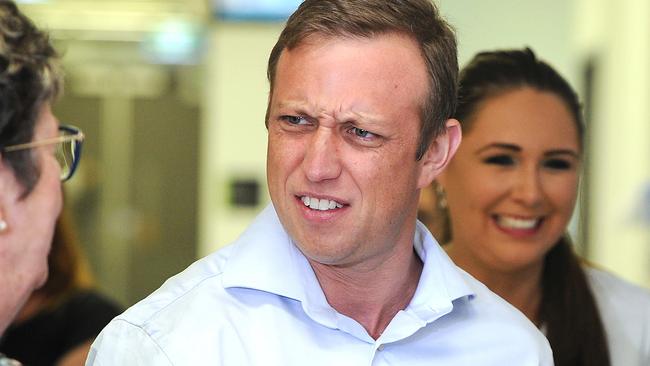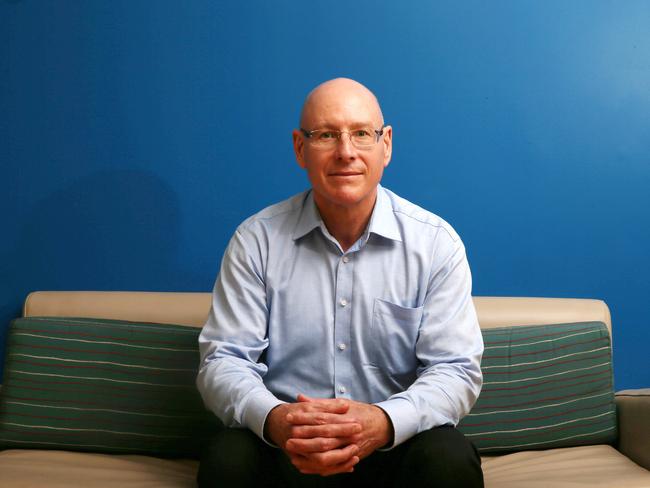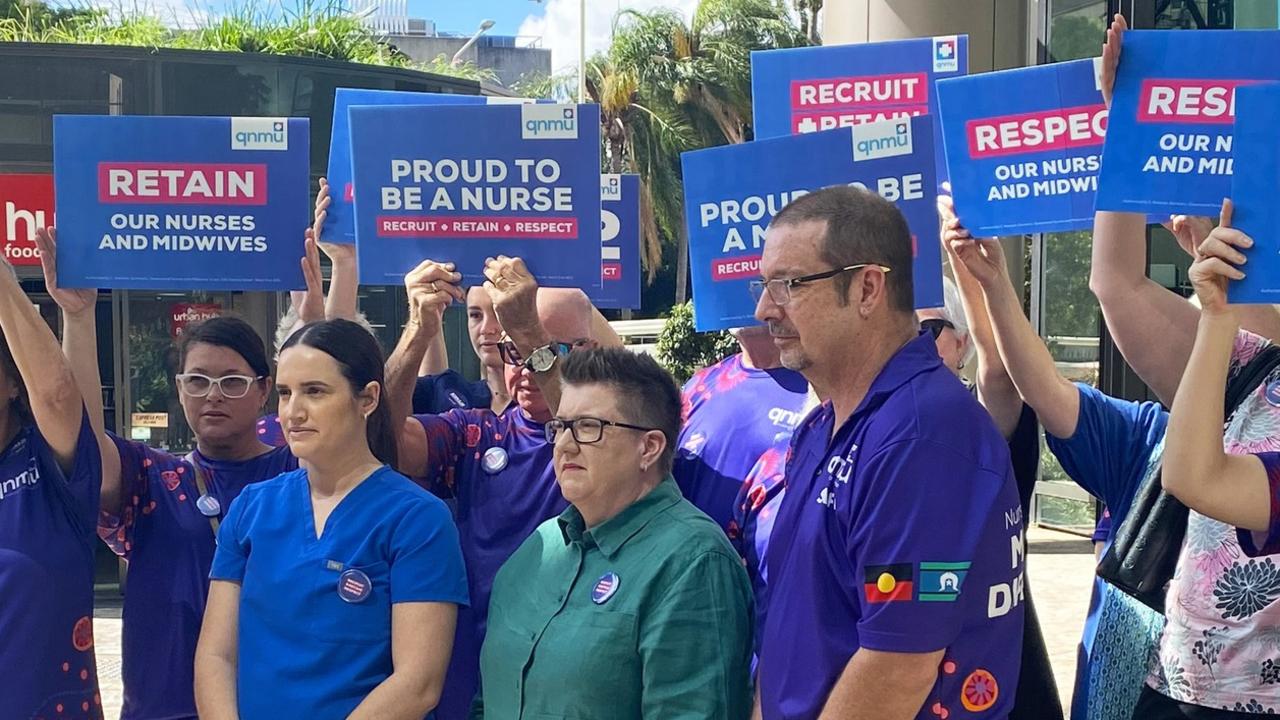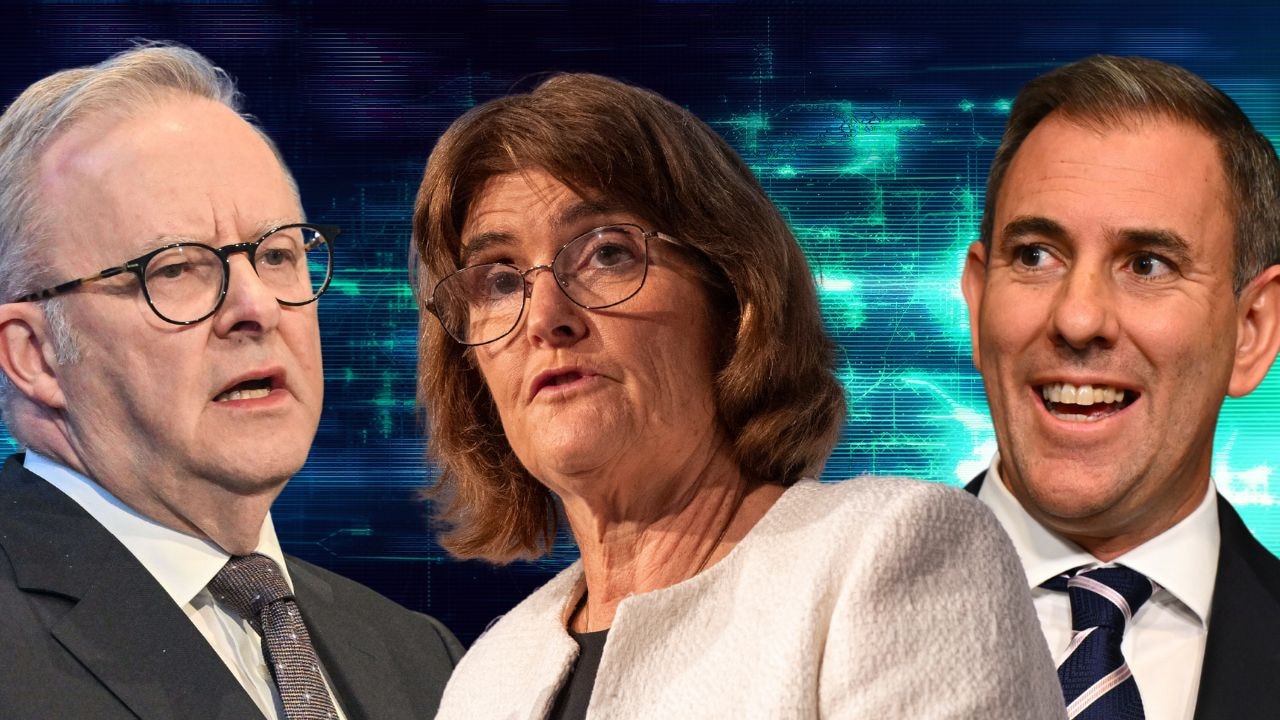Queensland Government digital hospital program costs increase by 42 per cent
Health Minister Steven Miles says a hospital digitisation program has been given a big tick, despite engaging a forensic accounting firm to delve into the program after a scathing report detailed staggering cost blowouts.

QLD News
Don't miss out on the headlines from QLD News. Followed categories will be added to My News.
HEALTH Minister Steven Miles says a hospital digitisation program has been given a big tick, despite engaging a forensic accounting firm to delve into the program after a scathing report detailed staggering cost blowouts.
Mr Miles has announced changes are being made to the program in the wake of an Auditor-General’s report which identified problems with the rollout.
But he said the Auditor-General’s report was a “big tick” for the hospital digitisation program, despite its revelations of huge cost blowouts.
Queensland hospitals in need of repairs
Hospitals dropping the ball on surgery and ED wait times
Queensland hospitals hit by $160m funding row, data shows
The report found Queensland Health did not do a thorough analysis of all the options available to it to implement the program.
It said that in the Government’s draft 2018 business case, the department was forecasting the total cost would increase by an additional $256.8 million to complete the implementation for hospitals — an increase of 42 per cent.
“Today we’ve received, from the Queensland Auditor-General, a report into the hospital digitisation program and that reports confirms what we have been saying that thanks to the IEMR patients in Queensland are getting better health services doctors and nurses are going about their work in a safer and higher quality way and our hospitals are befitting,” Mr Miles said.
“The Auditor-General’s report is a big tick for the IEMR programs.
“Like any large system there’s often room to learn and improve as you go and we will implement the report recommendations to ensure we continue to see positive results,” Mr Miles said.
But the Opposition says the report is proof the system has been completely mismanaged.
Opposition Deputy Leader Tim Mander said it was an “enormous blowout” that highlighted serious questions of accountability and transparency in the Health Department.
“The thought that there’s another $250 million IT blowout has the sniff of a health payroll debacle all over again,” he said.
“That’s $250 million that could be spent on better care of patients more hospital rooms and this minister is in clinical denial of it.”
“There seems to be a lack of accountability, a lack of proper monitoring of progress. This is a damning report and shows again that this minister is not capable of handling his portfolio.”
He said the LNP would keep the project but get it “back under control”.
“We showed when we were in Government that there weren’t these types of blowouts because we competently implemented systems,” he said.
“This government is incapable of doing this.”
Opposition Leader Deb Frecklington said that once again Annastacia Palaszczuk’s Health Minister had been caught out on a cover-up and playing politics with patient care.
“We called for the rollout to be halted until the technical issues can be resolved and for Dr (Richard) Ashby (the chief executive of eHealth Queensland) to be stood down while under CCC investigation,” she said.
“Neither of those things happened and despite these issues, the program was actually fast-tracked.
“This is despite doctors losing confidence, regular system outages and the head of e-Health Queensland being subject to an ongoing CCC investigation for months.”
The Minister directed Queensland Health Director-General Michael Walsh to review the rollout in the wake of the Auditor-General’s probe.
Mr Walsh said he had “transitioned responsibility for the program’s optimisation from our IT experts to the state’s Chief Clinical Information Officer, Dr Keith McNeil”.
A new committee will be set up to expand oversight of the project and Mr Walsh said QH had “commenced an independent assessment to confirm that, as per the contract, the prices being paid for the system were no less favourable than those being paid by other health service providers in Australia”.

The report found the government failed to do a proper analysis of the options. Some stakeholders believe there has been favouritism shown to the successful vendor, Cerner, the report found.
“The analysis in the business case does not demonstrate a sufficiently critical examination of the alternatives,” the report stated.
“The department engaged consultants to do a high-level analysis of costs and benefits of the three options without approaching the market.
“Due to the size of the state’s investment in the program and the time that had passed since the original procurement process we had expected to see some evidence that the department engaged the market to determine what price other potential vendors would be willing to offer.”
Concerns raised include that the vendor may seek to increase prices in the future because it is the only vendor.
“The department appears to have limited leverage when negotiating with the vendor when contract extension options are due,” the report stated.
“This is because the vendor has the benefit of knowing that the department has not sought, and shows no indication of seeking, alternative ieMR options.
“As a result, the department cannot demonstrate that it continues to obtain the best price with the vendor to ensure the state is getting best value for money from the current arrangement.”
Mr Miles said that the report had found the digital hospitals program was improving outcomes for patients.
“For instance, in Metro South the digital program contributed to a significant increase in early identification of deteriorating patients, as well as a decrease in emergency patient readmissions, less incidents linked to drug administration, monitoring, dispensing and supply and a significant drop in infections.
“This report further confirms that patients in our hospitals are already seeing benefits from the digital hospital program.”
He said while the report found that costs of the implementation had exceeded initial expectations “it was often because hospitals had spent more money to go beyond the planned scope of their digital hospital, bought extra devices to increase utilisation of the system by doctors and nurses, and invested more resources to reduce disruption on patient flow when the new system was introduced”.



